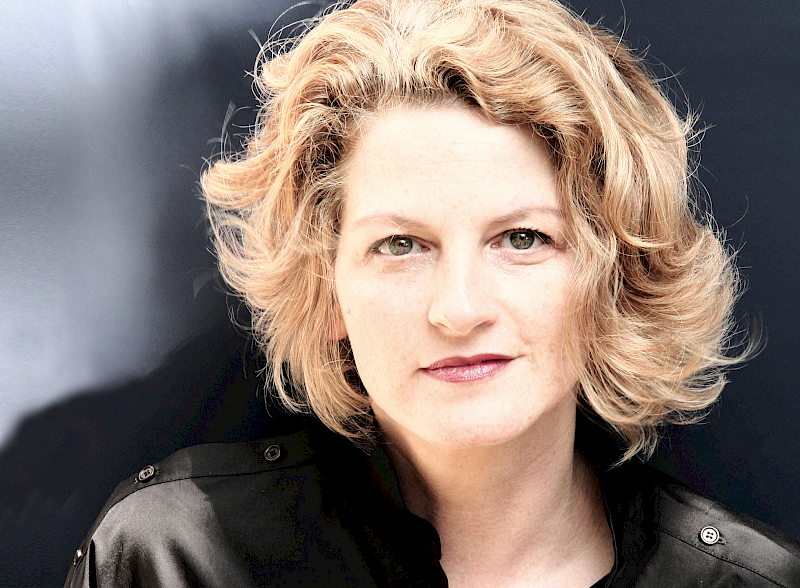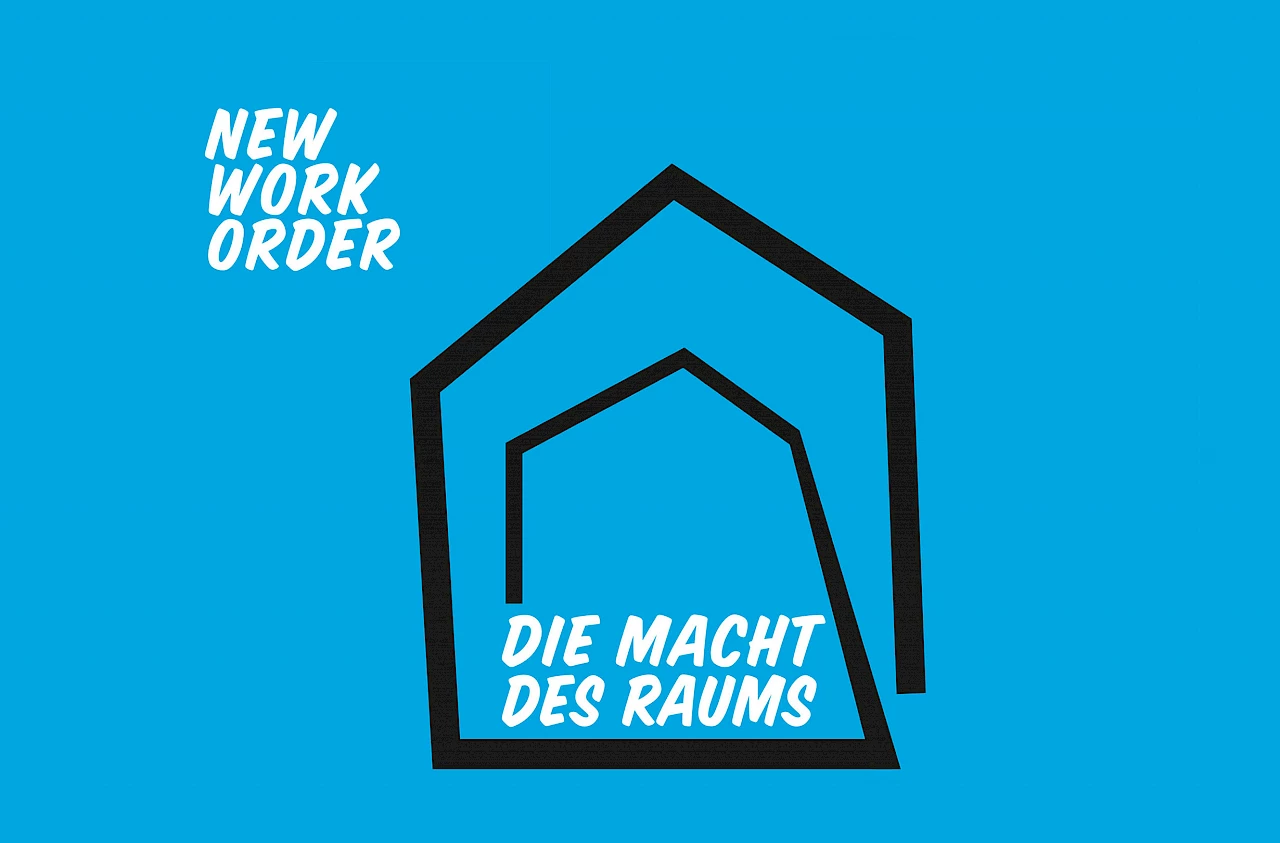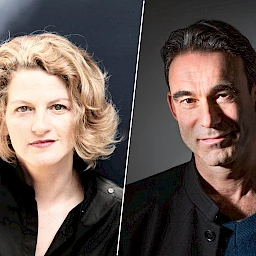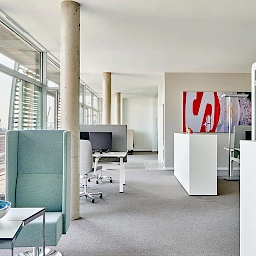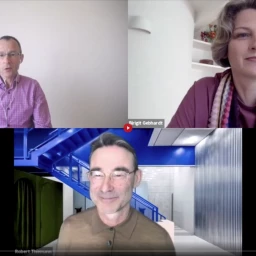At the presentation of the fifth New Work Order study, titled “The Power of Physical Space”, we talked with the author Birgit Gebhardt about the challenges in a hybrid work environment, how offices need to change, and where we can find the appropriate models for this change.
Ms. Gebhardt, you’ve published four New Work Order studies in cooperation with the Interior Business Association (IBA) since 2012. These studies have always taken a relatively broad perspective. This year the series has added a Special that focuses entirely on physical spaces. In your opinion, why is the general public becoming more aware of the importance of physical space?
The issue of physical space has received increasing public attention in the past two years. Companies are short of skilled workers, and work equipment is increasingly moving away from the office to individual employees. As a result, space planners, human resources departments, and users are cooperatively addressing the concept of the work environment for the first time. We’re also seeing people’s places of work becoming more flexible. In many cases the workers themselves are choosing where to do their work. They choose the space that is best suited to them and the work they plan to do, and that offers them efficiency and effectiveness. The user-centered approach will continue to gain importance. And because work can be done everywhere, the office will have to redefine itself in the future.
The IBA Forum always has a programme at ORGATEC, and in 2022 it will be titled “The Workspace of Tomorrow”. When will our workstations deserve this description?
We still have not really developed and designed the “workspaces of tomorrow”. At the moment, the main demand is “The office should become a meeting place”. But in the long run that won’t be enough. There are definitely alternative meeting places that are more appealing than the office, and many people feel most comfortable in their own homes. That won’t help to bring people back into the office. In my opinion, the workspaces of tomorrow need a new source of appeal that goes more in the direction of user orientation and a learning environment. In the future, the office must provide added value so that employees will think it’s worthwhile to make the extra effort of commuting. Because work equipment is becoming increasingly mobile, we could also become more mobile ourselves and reconsider which room combinations and abstract communication areas we want to meet in for work purposes. Today our concept of space is expanding, and we have to address this development by coming up with new spatial concepts. To this end, we also need a new range of ways to use space.
How can collaboration be organised, then?
One important aspect of that is the inclusion of the employees. In activity-based working, the employees themselves can best judge where they can perform each work activity most effectively. The Otto Group took this approach. It used agile collaboration sprints in which it asked the teams to make self-organized decisions about which work they can do best in the office and which work they can do more effectively in mobile settings. This resulted in the Otto matrix for hybrid working, to which the Otto team members have committed themselves. I think another example of successful collaboration is the NEW WORK SE. In this case, the employees were not only asked to give their opinions and involved in the planning process. After each room was completed, it was assigned a permanent “room manager” who is responsible for the design and further development of the space.
What’s the current status of the technology?
We are still much too focused on functionality. For example, we switch off the image so that the transmission quality doesn’t diminish or in order to save electricity and protect the climate. But in many cases we don’t realize how these actions are affecting our perceptions. In our work we probably also lack the positive experiences that are connected with activities such as gaming. We’re still at the very beginning of this development. The goal must be to make the office an experiential space that enables employees to have immersive experiences. This active experience could help us regain the ability to work together more intuitively by means of a playful narrative. In my opinion, in the future the office will become a learning environment, a stage where I can try things out and play a variety of roles with the help of technology and physical reinforcement.
You’re talking about immersive experiences—that is, a complete plunge into virtual worlds, as well as reinforcement and mood management in physical space. How can this be designed in concrete terms?
In the future, workspaces will have the task of inviting employees to engage in activities and creating the best conditions for this. It is important to rediscover cultural anchors and to consciously design interaction spatially. The US sociologist David Thornburg has researched such spatial models that invite certain behavioural patterns in cultural history. For example, there is the campfire, which invites everyone to talk as equals. The mountain top, on the other hand, which provides an overview or a stage for a speaker, is different. With their reference to landscape spaces, they trigger behavioural patterns in an intuitive way. Acquired cultural spaces must be translated into the office so that employees adopt intended working attitudes. The framework for this already exists, but companies must now transfer it to the office.
Are there overall concepts that can serve as orientation for companies in the transformation of workspaces?
I think this is a very important question. That’s because we really need images that block out the industrial culture and the idea that the office is the extended arm of the factory. Cities and metropolitan areas in particular offer huge diversity and different spaces for different purposes. Besides, cities are once again captivating us at the emotional level. It would be interesting for companies that are planning their spaces to orient themselves in terms of cities and to begin with marketplace areas that lead people on toward boulevards and alleyways. Thus they could move from presentation areas and arenas to agile workshop zones and further on to separate cosy areas where people can do concentrated work. The key to success is the assignment of different zones for specific activities.
That sounds a lot like a merging of working and living environments. Will we still need offices after all?
I’m convinced that we will continue to need offices in the future if they successfully reposition themselves with a unique selling point, if companies manage to live up to the claim that the office enhances performance and improves productivity and self-efficacy, and if the office pays more attention to the employee experience and regards itself as a stage on which employees can try things out and pursue self-development.
Ms Gebhardt, thank you for the interview.
Birgit Gebhardt is a trend researcher who focuses on the future of the work environment. As a trendsetter, she supports think tanks, promotes the development of an agile leadership and work culture, and offers future-oriented learning resources. Her consulting activities are based on 12 years of project management at the Trendbüro consulting firm. During the last five of those years she was the firm’s Managing Director. She developed the New Work Order studies on behalf of the Interior Business Association (IBA) and the ORGATEC trade fair for modern work environments.
